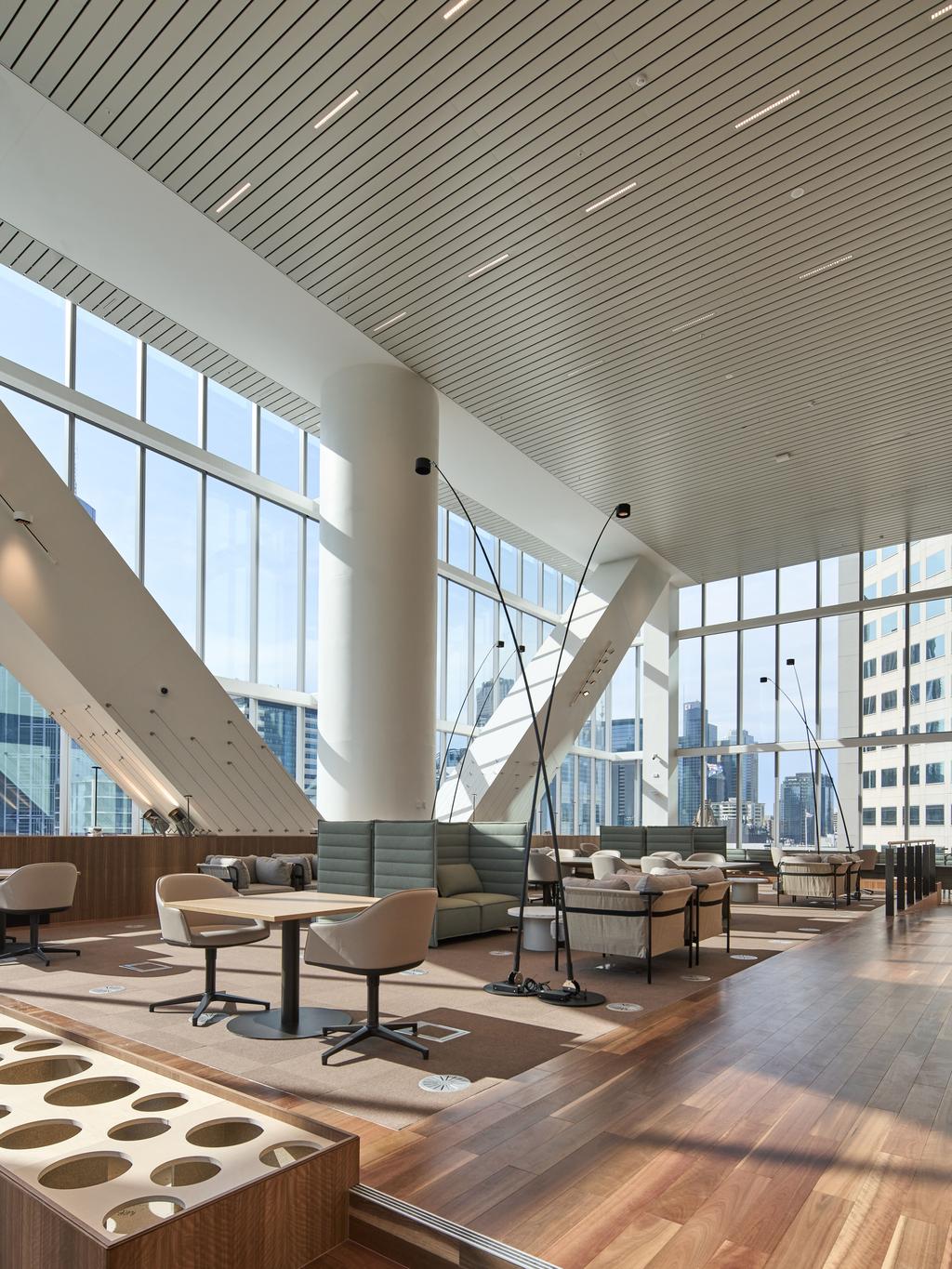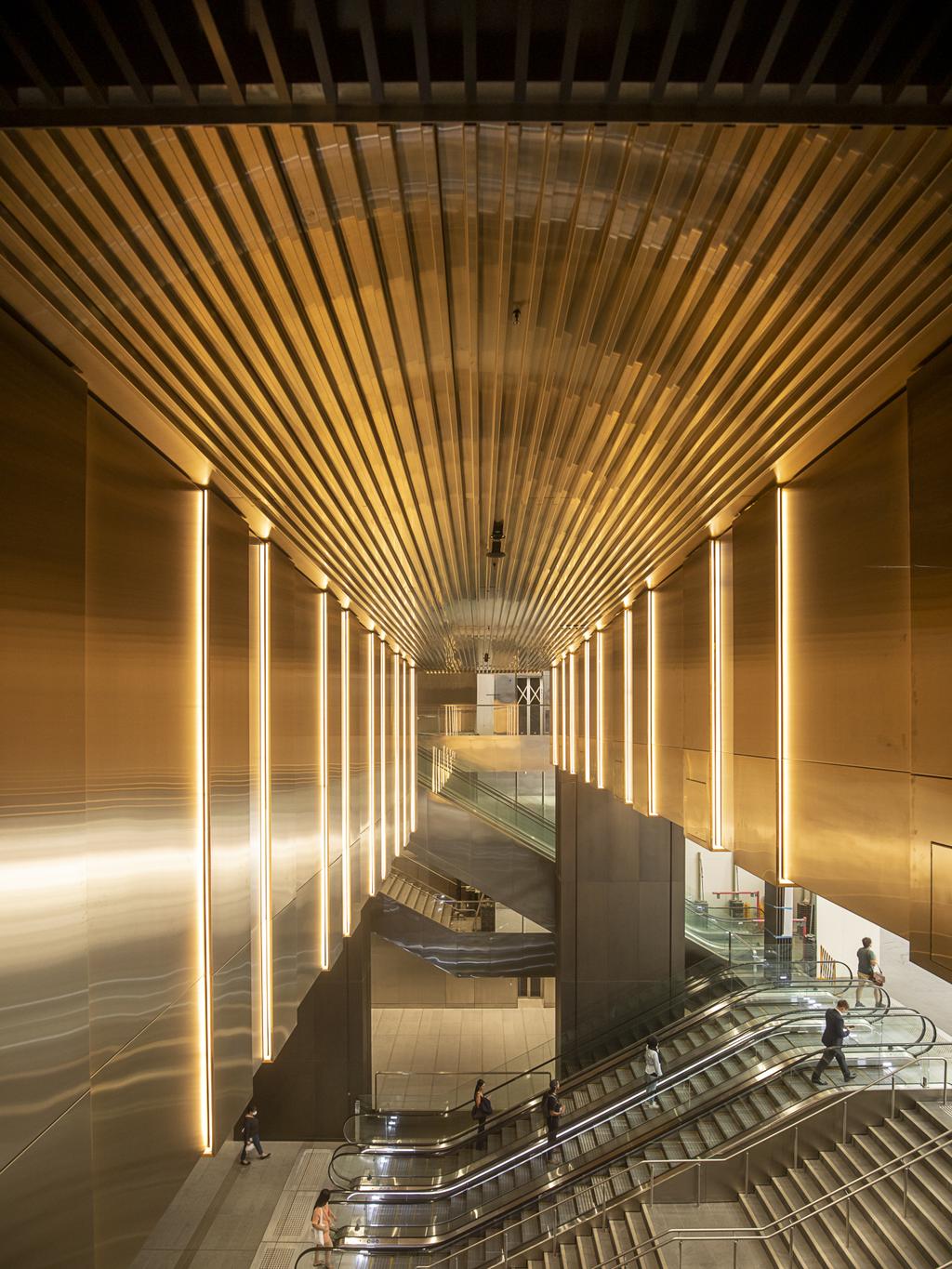Office powerhouse Brookfield branches out with ‘core-plus’ on the agenda

Brookfield Place in Sydney.
Investment powerhouse Brookfield Asset Management has a track record in developing the skylines of major cities around Australia and a full workbook of new projects, but is keen to broaden its local property dealings.
The move could be substantial over the next cycle as the Brookfield real estate business in Australia already accounts for $18.3bn worth of holdings across its core and “core-plus’’ strategies, and the group has more projects on the go in most capitals.
Now the Canadian group, which has courted investors for its core and core-plus strategies, has flagged an ambitious agenda that would result in it also shifting into logistics and building funky adaptations of heritage sites for the rising technology sector.
Brookfield senior vice-president Leonie Wilkinson, a funds veteran with a track record at Macquarie, LaSalle Investment Management and QIC, is charged with the company’s core and core-plus real estate strategies. While the present focus of the core-plus area is big-ticket offices, the firm is making a push into other sectors, where it is already active offshore.

405 Bourke St, Melbourne.
“The core-plus strategy that we have in Australia really focuses on being able to buy well and add value to the assets through our operational expertise,” Wilkinson says.
Globally, Brookfield looks to use its deep operating platform in order to increase asset income. Locally, it draws heavily on its office heritage going back to its 2007 acquisition of Multiplex.
“What we’re keen to do is to leverage the entities that we have around the globe at Brookfield in other sectors and apply them into the Australian market,” Wilkinson says.
This means expanding the office portfolio, and it has plans in most major cities, including via its core-plus strategy. But industrial is now on the local agenda.
“We like the fundamentals of the industrial logistics sector,” Wilkinson says. “The rising e-commerce penetration is really interesting to us.”
The area has already attracted just about all the big diversified real estate investment trusts and global specialists Goodman, ESR and ARA, and a host of funds managers.
Brookfield’s way into the hot sector will be its leasing and operating expertise, alongside its development oversight. The approach could result in it taking on some leasing risks and using its skills to generate returns that fit with its core-plus strategies.

The interior of Brookfield Place in Sydney.
The funds house is also keen on expanding in the alternative space – where it is big offshore, with Wilkinson saying once niche areas are now “very core”. Wilkinson says: “As those markets mature, in Australia, that’s something we’re very interested in from a core-plus strategy perspective, because the income streams coming out of them can be very stable and very defensive.”
The Brookfield approach is to be “somewhat agnostic” about investing in particular sectors, as long as the cashflows are there.
This means the remit could be quite wide and both the core and core-plus segments are in an acquisitive phase and the investing pace will pick up over the next cycle.
Wilkinson nominates life sciences and storage as offering stable, defensive income that requires operational expertise to grow income.
“We can look at a very broad range of sectors,” she says.
“When the markets are challenging or choppy, really that’s when we can do our best work.”
Brookfield’s funds unit works closely with its development team. “We’re looking at office, where we can be using some kind of operational edge,” Wilkinson says, flagging a focus on future industries.
The company is chasing opportunities with the rising group of local tech companies that are treating their office space like creative companies, which share their penchant for character buildings.
“They’re actually quite scarce in Sydney, in the fringe,” Wilkinson says, with the firm estimating only seven are used as A-Grade offices. Across all of Sydney, there are about 19 such buildings.
“If we can access a heritage building and make it attractive to tech tenants, then the complexities and challenges that are inherent in any kind of heritage building are really down the line for our development team,” she says.
Part of taking a different approach is investing ahead of transport infrastructure, which could take some projects out of the CBD, potentially suiting tech firms.
“It’s also somewhat less of a crowded space to operate in and we like that we are operating where there’s less capital competition,” Wilkinson says.
But for now cities are coming back and the race is on to secure assets.
“I do think the conversation now is much more about how to get set and the capital markets have been strong,” Wilkinson says. “So the enduring appeal of real estate, I think, carries on in 2021.”







